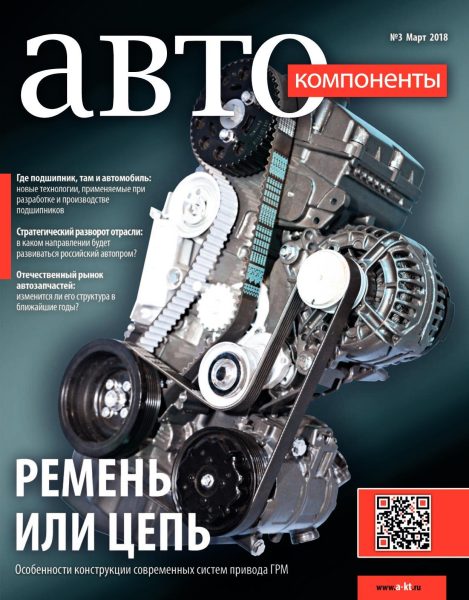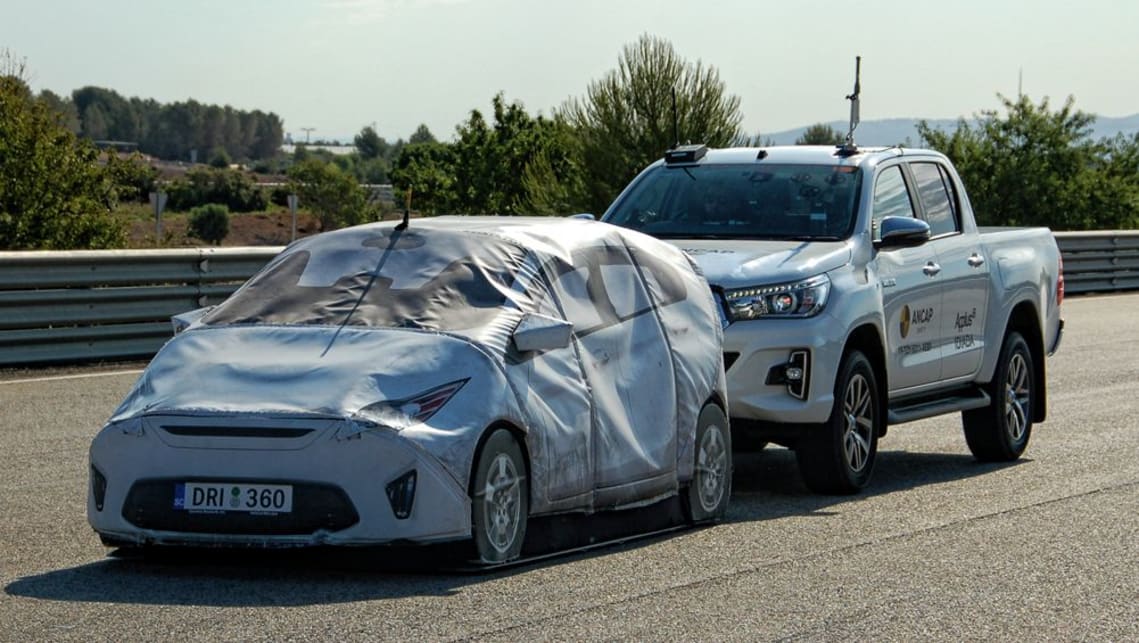
AEB will apply to all new cars and SUVs in Australia by 2025, putting some models at risk of cuts

According to ANCAP, automatic emergency braking is standard on 75% of models in Australia.
Autonomous emergency braking (AEB) will be mandatory for all passenger cars sold in Australia by 2025, and any models not equipped with the safety technology by then will be forced out of the market.
After years of consultation, the Australian Design Rules (ADR) now specifies that car-to-car AEB should be set as standard for all new makes and models introduced from March 2023 and for all models introduced to the market from March 2025. .
The supplementary ADR states that AEB with pedestrian detection will be mandatory for all new models released from August 2024 and for all models entering the market from August 2026.
The rules apply to light vehicles, which are defined as cars, SUVs, and light commercial vehicles such as cars and delivery vans, with a Gross Vehicle Weight (GVM) of 3.5 tonnes or less, but do not apply to heavy commercial vehicles exceeding this GVM. .
This means that large vans such as the Ford Transit Heavy, Renault Master, Volkswagen Crafter and Iveco Daily are not included in the mandate.
Some AEB systems apply the brakes fully when the radar or camera detects an imminent crash, while others brake less.
ADR defines emergency braking as having the purpose of "significantly reducing the speed of the vehicle". The speed range is from 10 km/k to 60 km/h under all load conditions, meaning the new rule does not apply to the high-speed or road AEBs found on some models.
There are currently a number of models available in Australia that are not equipped with the AEB system as standard. These models will either need to be updated to include AEB or replaced with an entirely new version that has the technology as standard to keep them in local showrooms.
 The new ADR includes prescriptions for vehicle-to-vehicle AEB and AEB with pedestrian detection.
The new ADR includes prescriptions for vehicle-to-vehicle AEB and AEB with pedestrian detection.
One of the models affected is Australia's best-selling passenger car, the MG3 hatchback, which is not offered with AEB.
The Suzuki Baleno light hatchback and the Ignis light SUV are not equipped with AEB, but new versions of both of these models, as well as the MG3, are expected before the mandate goes into effect.
The recently discontinued Mitsubishi Pajero is also on the list of models without this technology, as are the Toyota LandCruiser 70 Series and the Fiat 500 micro hatchback. a Mitsubishi Express van is also currently missing.
However, next year Renault will release a heavily updated version of the Trafic that will use AEB.
This was announced by the representative of LDV Australia. Cars Guide that the brand is fully aware of local laws and adheres to the rules for the product it sells now and in the future.
The Volkswagen Amarok doesn't currently have AEB, but it will be replaced by an all-new version of the Ford Ranger next year and both models are expected to come with AEB.
Larger American pickup trucks such as the Ram 1500 and Chevrolet Silverado have a GVW of less than 3500 kg, which means they are technically classified as light vehicles. While Chevy is equipped with AEB, only the new Ram 1500 released this year has the technology. The old 1500 Express model, which is sold with the new generation model, does without it.
A number of automakers have an AEB standard for mid-range and high-end variants, but it is either optional or not available at all for base variants. Subaru does not offer AEB for base versions of its Impreza and XV subcompact sister cars. Similarly, the initial versions of the Kia Rio hatchback, Suzuki Vitara SUV and MG ZS SUV.
According to the Australasian New Car Assessment Program (ANCAP), the number of passenger car models sold in Australia with AEB as standard has increased dramatically from three percent in December 2015 to 75 percent (or 197 models) this June. .
ANCAP says AEB can reduce vehicle occupant injuries by as much as 28 percent and rear-end crashes by 40 percent. The security service says it estimates that implementing ADR 98/00 and 98/01 will save 580 lives and prevent 20,400 major and 73,340 minor injuries.